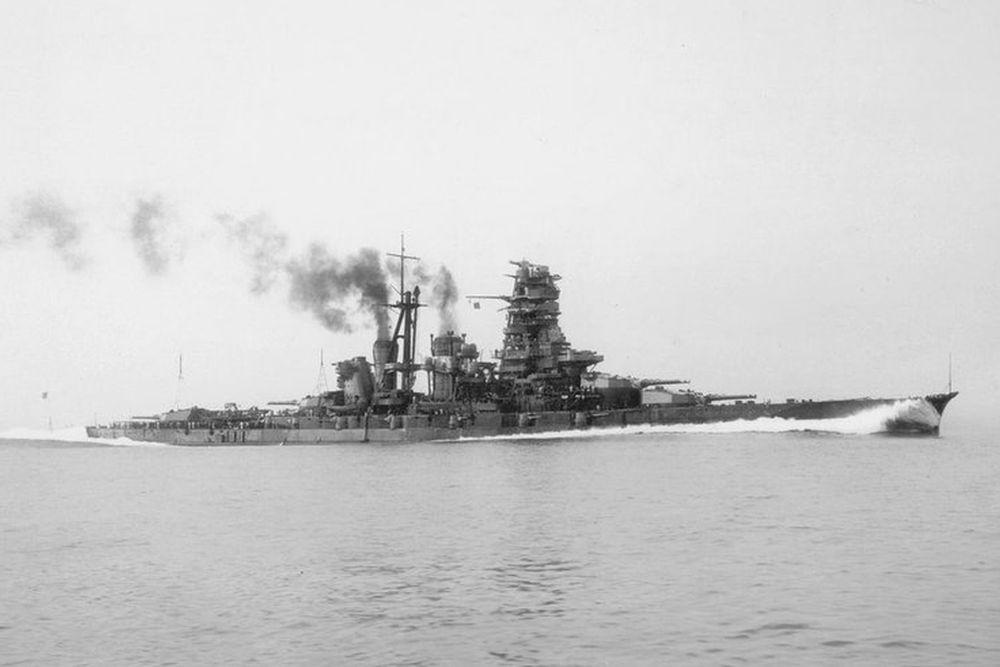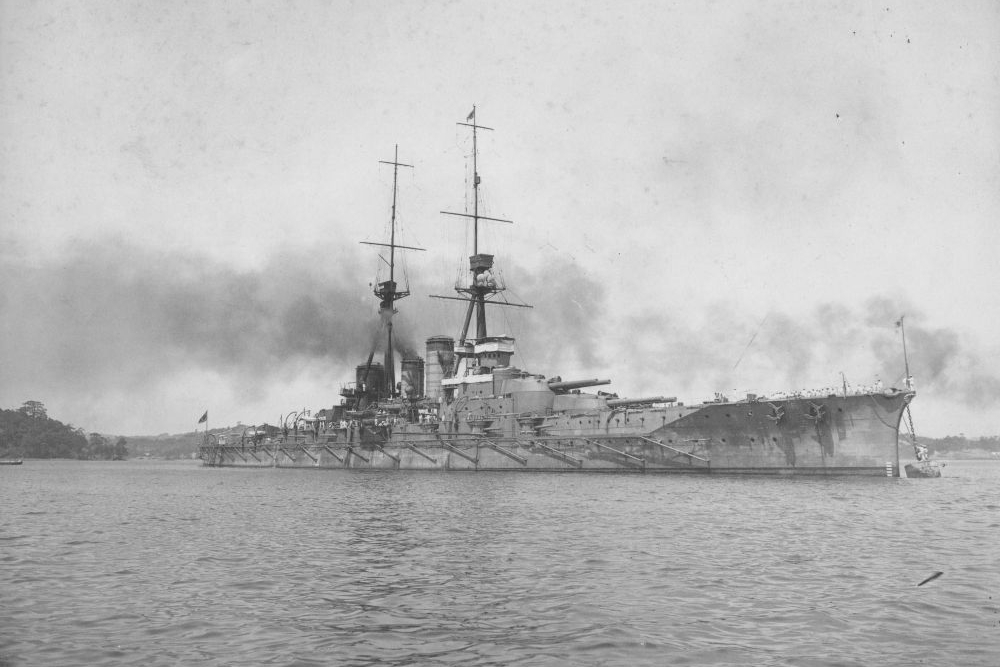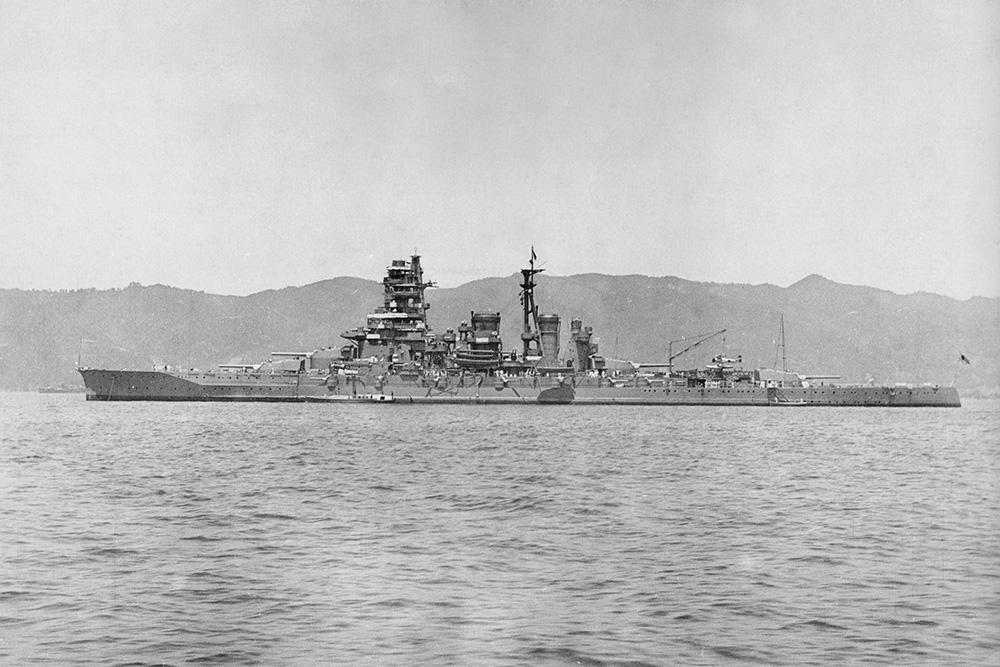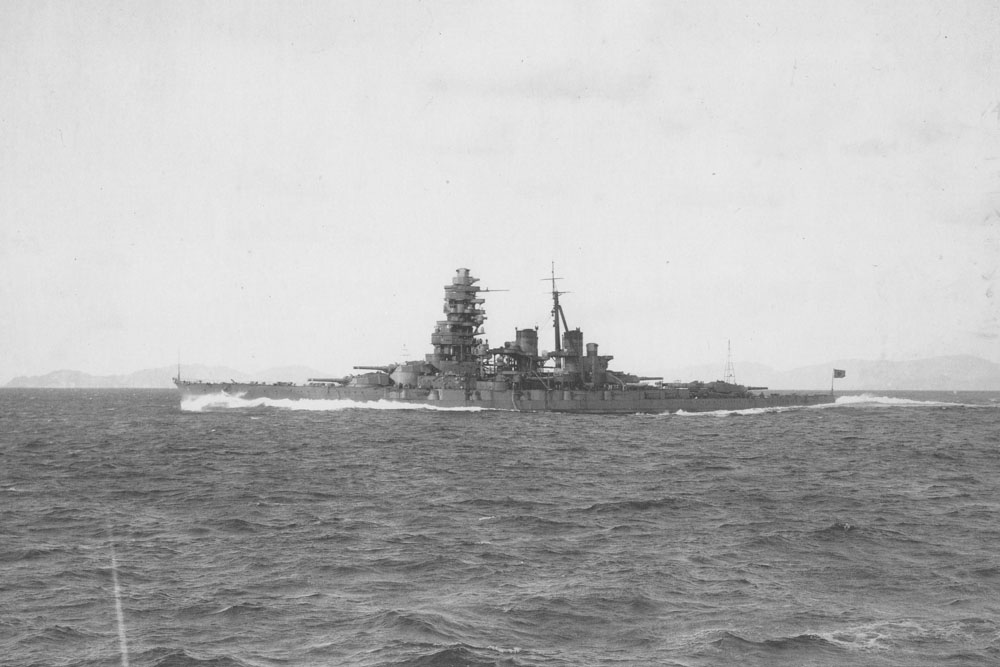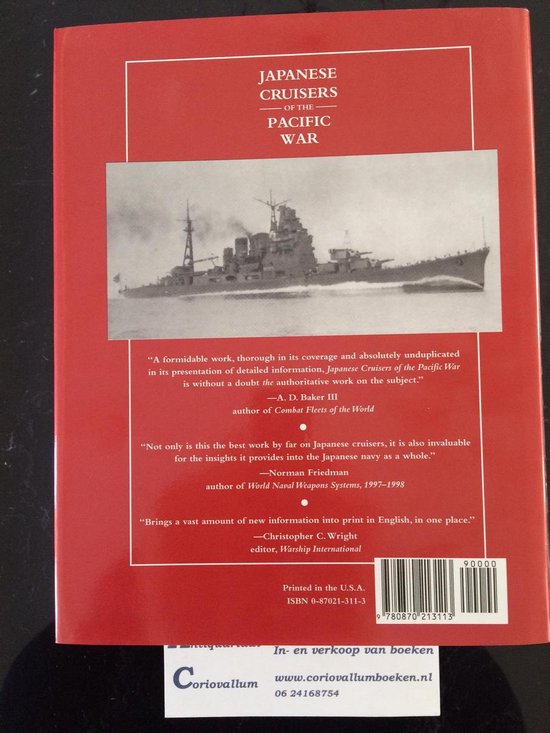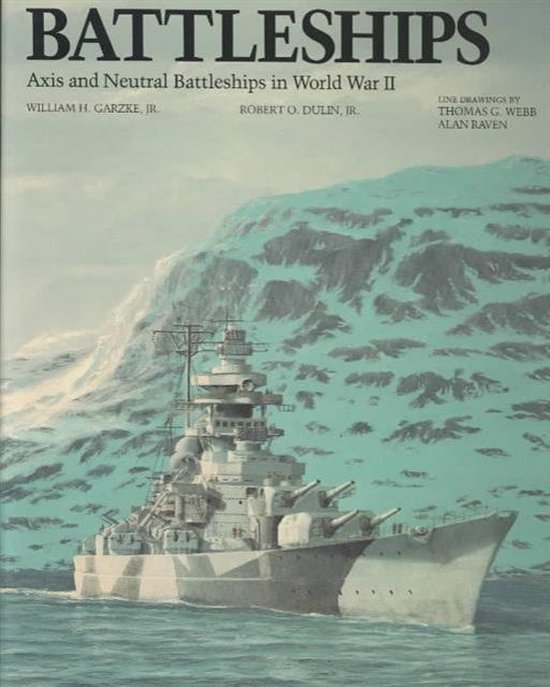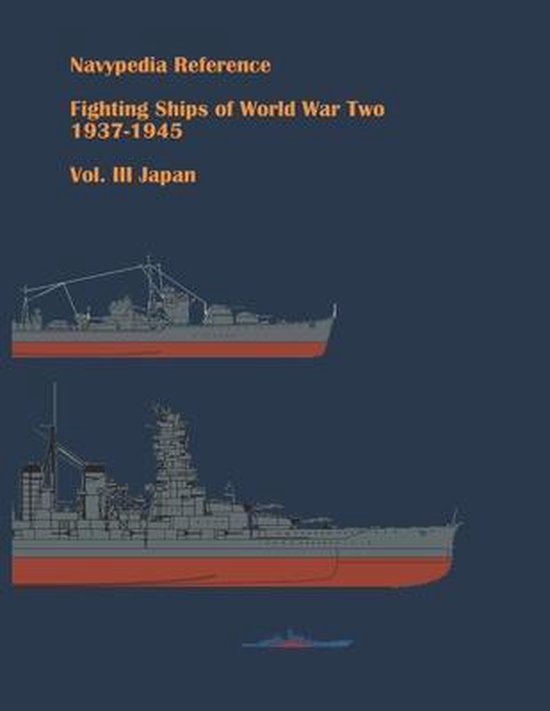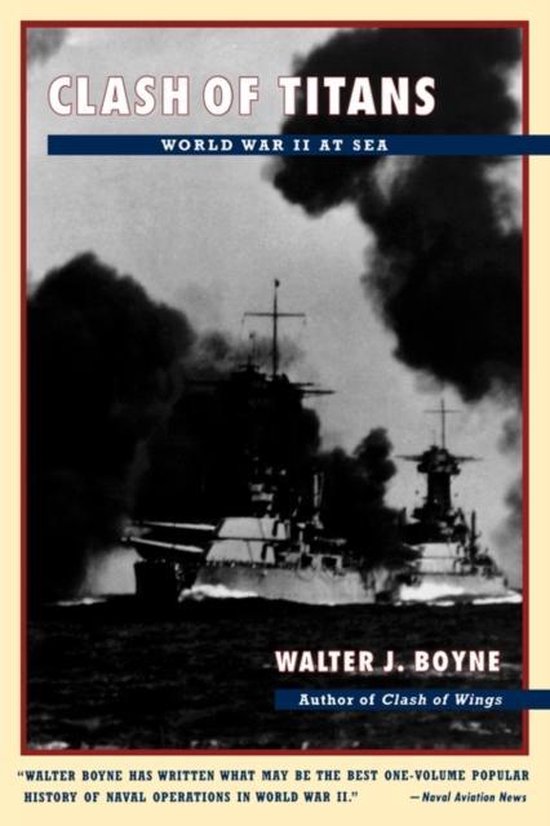Introduction
The Kongo-class battleships were built between 1911 and 1915 as battlecruisers of a British design. The lead ship of the class, Kongo (1913), was the last Japanese naval ship at that time to be built outside Japan, namely in Great Britain. At the end of the 1920s, all the ships were modernised and hence re-classified as battleships. All ships in the class were lost during World War II. Only Haruna (1915) could be salvaged but was scrapped in 1946.
Ships of the Kongo-class
| Kongo (1913) |
January 17th, 1911: laid up May 18th, 1912: launched August 16th, 1913: commissioned November 21st, 1944: torpedoed |
| Hiei (1914) |
November 4th, 1911: laid up November 21st, 1912: launched August 4th, 1914: commissioned November 13th, 1942: torpedoed |
| Haruna (1915) |
March 16th, 1912: laid up December 14th, 1913: launched April 19th, 1915: commissioned June 28th, 1945: sunk 1946: salvaged and scrapped |
| Kirishima (1915) |
March 17th, 1912: laid up December 1st, 1913: launched April 19th, 1915: commissioned November 15th, 1942: sunk |
History
The Kongo-class battleships were based on a British design for battlecruisers by Sir G. Thurston. For this purpose, Kongo (1913) was built in Great Britain as the last Japanese warship outside of Japan. Over the years, all four ships have been upgraded several times. The first significant reconstructions took place in the late 1920s or mid-1930s, when the battlecruisers were converted into battleships.[1][2]
The first ship of this class, Kongo (1913), was built in England by the Vickers Shipbuilding Company, whereas the other three ships were built in Japan itself and often from parts manufactured in Great Britain. The ships’ length measured 222.10 meters with a beam of 29.30 meters and a draft of 9.70 meters. The displacement varied between 31,720 tons to 32,156 tons, depending on the ship and its stage in the reconstruction program. The eight to eleven boilers heated four gas turbines, which in turn powered four propellers. This allowed the ships to reach a top speed of 30.5 knots (55.56 km/h). The main armament consisted of four double-barrelled turrets, two forward and two aft, each with two 356 mm / 45 calibre guns. The main secondary armament were fourteen single mounted 152 mm / 50 calibre guns, all equally distributed along each side of the superstructure.[3][4]
In the mid-1930s, the ships were extensively reconstructed. The length was increased to 225 m, the width to 31.7 m and the draft to 9.8 m. This was all the result of a major adjustment in the armour, among other things. The deck armour was thickened to 96.5-165mm. The ships received new boilers, doubling the capacity to 136,000 shp. The speed therefore increased to approximately 30 knots and the water displacement to approximately 36,000 tons. The armament was also adjusted several times. The main armament remained the same in calibre but was modernised. The secondary armament was reduced to eight, while heavy anti-aircraft guns were added during the Second World War. The number of lighter 25mm / 60 calibre anti-aircraft guns were increased to a total of 100 during the war. As the war progressed, the crew was also significantly expanded, from 1,100 to 1,360, and the ships were classified as battleships. Due to their high-speed capabilities, the ships were usually used as an escort for the aircraft carriers.[5][6][7]
Two ships, Hiei (1914) and Kirishima (1915), were lost in November 1942 during the Battle of Guadalcanal. Kongo (1913) was lost in November 1944 and Haruna (1915) in June 1945.
Definitielijst
- mid
- Military intelligence service.
Technical specifications
| Class: | Kongo-class |
| Number of ships: |
4 |
| Country: |
Japan |
| Type: |
Battle cruisers / Battleships |
| Displacement: |
31,720 tonnes (Kongo) - 32,350 (Hiei) |
| Length: |
222.10 meter |
| Beam: |
29.30 meter |
| Draft: |
9.70 meter |
| Propulsion: |
4 shafts 4 steam turbines 8 - 11 boilers 136,000 shp (? kW) |
| Speed: |
30.5 knots (55.56 km/h) |
| Range: |
18,520 km at ? knots (? km/h) |
| Armour: |
Belt: 203 - 76 mm Deck: 152 - 38 mm Gun turrets: 229 - 152 mm |
| Armament: |
4 x 2 356mm/45 calibre Type 41
or Type 43 guns 14 x 1 152mm/50 calibre Type 41 guns 4 x 2 127mm/40 calibre Type 89 anti-aircraft guns 10 x 2 25mm/60 calibre Type 96 anti-aircraft machine guns 4 - 8 x 352mm torpedo tubes |
| Complement: |
1,193 - 1,360 crew |
Notes
- Gogin, 2021, pag. 18
- Gray, 1984, pag. 234
- Gogin, 2021, pag. 18
- Whitley, 1998, 178-184
- Gogin, 2021, pag. 18
- Jentsura, 1976, pag. 35
- Jackson, 2008, pag. 27
Definitielijst
- torpedo
- A weapon of war. A cigar shaped body fitted with explosives and a propulsion and control mechanism. Intended to target after launch a nearby enemy ship and disable it by underwater explosion.
Information
- Article by:
- Wilco Vermeer
- Translated by:
- Simon van der Meulen
- Published on:
- 17-02-2025
- Feedback?
- Send it!
Related sights
Related books
Sources
- BELOTE, J.H. & BELOTE, W.M., Titans of the Seas, Harper & Row, 1975.
- BOYNE, W.J., Clash of the Titans, Simon & Schuster, 1997.
- DULL, P.S., A Battle History of the Imperial Japanese Navy, 1941- 1945, Naval Institute Press, 2013.
- EVANS, D.C., The Imperial Japanese Navy in World War II, Naval Institute Press, 2017.
- GARZKE, W.H. JR & DULIN, R.O. JR, Battleships: Axis and Neutral Battleships in World War II, Naval Institute Press, 1985.
- GOGIN, I. & DASHYAN, A., Fighting Ships of World War Two volume 3, Navypedia LLC, Gatchina, 2021.
- HUMBLE, R., The Japanese High Seas Fleet, Pan Macmillan, 1974.
- JACKSON, R., 101 Great Warships, Amber Books, 2008.
- JENTSURA, H., Warships of the Imperial Japanese Navy, 1869–1945, US Naval Institute Press, 1976.
- LACROIX, E. e.a., Japanese Cruisers of the Pacific War, Naval Institute Press, 1997.
- WHITLEY, M.J., Battleships of World War Two, Naval Institute Press, 1998.
